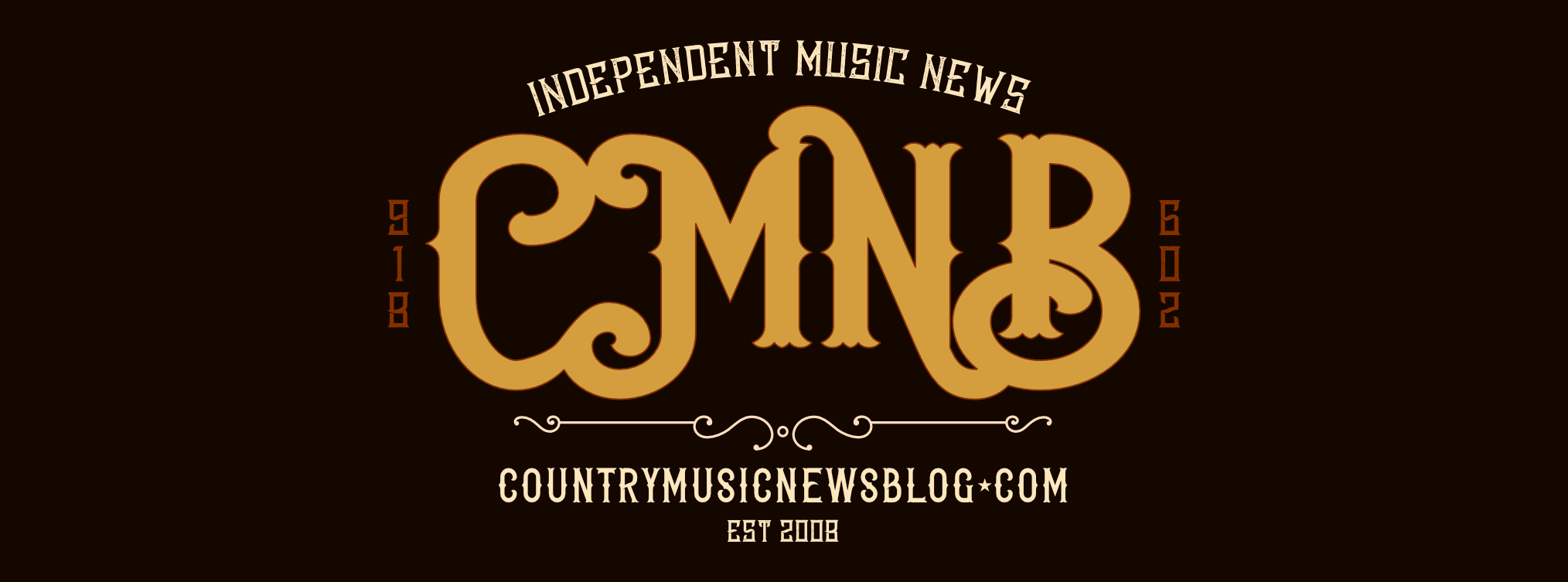Guest Post: Women In Country Music – Where Is Our Place? Historically, women have been ignored when charting the people and events of country music’s illustrative past. This has occurred both in the story of the music and of the industry respectively, yet women have often been seen as fans near-equally to men; the bored and lonely housewife who finds solace in the country music emanating from her kitchen radio. The women who are not socially permitted to reside in the classic Honky-Tonk, unless they want to be perceived as promiscuous, good-time women. Artist-wise they were the ‘girl singer’, the ‘pretty face’, generally marketed as more country pop, for commercial gain, their ‘repressed sex appeal’ being exploited. And they did not belong in the industry, as this was far too complicated for them. This is the general collective memory of women’s contributions to country music up until the 1960s/1970s, and often it’s simply not accurate at all. The scene was in abundance of Honky-Tonk singing women, female musicians, feisty souls who were pioneers in their field for saying what the ordinary women were desperate to speak out about. Patsy Cline has often been seen as revolutionary, but in comparison to these ladies of the ‘30s, ‘40s and ‘50s, she was one of the first ladies of the Nashville Sound, designed to sell records with smooth arrangements and submissive to the patriarchal industry. Industry-wise it has been noted that very few women worked at record labels or similar establishments; however Jo Walker was the executive director of the CMA since 1962 (soon after its inception in the late 1950s) until 1991. This is significant because this period of time was arguably the most prosperous for the CMA and for country music commercially, nationally and globally. Through extensive promotional campaigns, fundraising events and construction of the Country Music Hall Of Fame & Museum, CMA Awards, Country Music Foundation, and Fan Fair (among others), I would argue that she has been one of the most important and influential people ever to grace country music in any way, shape or form. Way to take one for the girls, huh? But her contributions are much-documented, admittedly. However, something that is often ignored is the role of women in country music fan clubs during the 1950s. Before the genre really invested in professional PR and fan clubs, they were set up by fans, run by fans, and were a vital promotional tool for the artists. And the best part? About 95% of the people fronting and organising these were women. They would disseminate regular publications (quarterly, monthly, etc) with updates about the artist, whilst also promoting other similar artists and those new and up-and-coming. They would encourage the fans they were reaching to spread the word of country music, to phone up radio stations and request that artist’s song, and would consult with the artist themselves as a PR partnership. There would be so much work that these women, often housewives and mothers looking for a Continue reading Women In Country Music→
